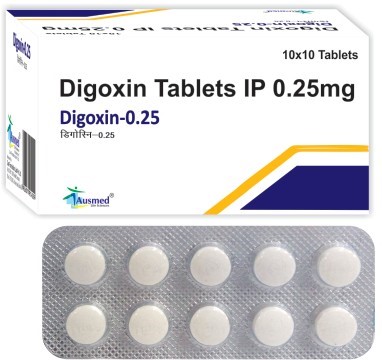A nurse is reviewing the laboratory results for four clients. The nurse should recognize which of the following clients has a manifestation of hypoparathyroidism?
A client who has a phosphate of 5.7 mg/dL.
A client who has a calcium of 9.8 mg/dL.
A client who has a vitamin D of 25 ng/mL.
A client who has a magnesium of 1.8 mEq/L.
The Correct Answer is A
Choice A rationale:
The client with a phosphate level of 5.7 mg/dL likely has a manifestation of hypoparathyroidism. Hypoparathyroidism leads to decreased parathyroid hormone (PTH) secretion, which causes increased renal phosphate reabsorption, leading to elevated phosphate levels in the blood.
Choice B rationale:
A calcium level of 9.8 mg/dL is within the normal range (8.5-10.2 mg/dL) and does not indicate hypoparathyroidism.
Choice C rationale:
A vitamin D level of 25 ng/mL is within the normal range (30-100 ng/mL) and does not suggest hypoparathyroidism.
Choice D rationale:
A magnesium level of 1.8 mEq/L is within the normal range (1.7-2.2 mEq/L) and does not directly indicate hypoparathyroidism.
Nursing Test Bank
Naxlex Comprehensive Predictor Exams
Related Questions
Correct Answer is A
Explanation
Choice A rationale:
The client with a phosphate level of 5.7 mg/dL likely has a manifestation of hypoparathyroidism. Hypoparathyroidism leads to decreased parathyroid hormone (PTH) secretion, which causes increased renal phosphate reabsorption, leading to elevated phosphate levels in the blood.
Choice B rationale:
A calcium level of 9.8 mg/dL is within the normal range (8.5-10.2 mg/dL) and does not indicate hypoparathyroidism.
Choice C rationale:
A vitamin D level of 25 ng/mL is within the normal range (30-100 ng/mL) and does not suggest hypoparathyroidism.
Choice D rationale:
A magnesium level of 1.8 mEq/L is within the normal range (1.7-2.2 mEq/L) and does not directly indicate hypoparathyroidism.
Correct Answer is D
Explanation
Digoxin. Choice A rationale:
Potassium chloride (KCL) is a supplement used to treat or prevent low potassium levels. While it can have side effects, visual disturbances are not typically associated with KCL. Therefore, it is not the medication the nurse suspects to be causing the problem.
Choice B rationale:
Warfarin (Coumadin) is an anticoagulant used to prevent blood clot formation. Visual disturbances are not a known side effect of warfarin. Therefore, it is unlikely to be the cause of the patient's symptoms.
Choice C rationale:
Aspirin (ASA) is a pain reliever and antiplatelet medication, and while it can cause visual disturbances in some cases, it is not a common or significant side effect. Aspirin is also not specifically linked to atrial fibrillation.
Choice D rationale:

Digoxin (Lanoxin) is used to treat atrial fibrillation and heart failure. Visual disturbances are a known side effect of digoxin toxicity. Given the patient's diagnosis of atrial fibrillation and the reported symptoms, the nurse suspects the problem lies with digoxin and should further investigate and report to the provider.
Whether you are a student looking to ace your exams or a practicing nurse seeking to enhance your expertise , our nursing education contents will empower you with the confidence and competence to make a difference in the lives of patients and become a respected leader in the healthcare field.
Visit Naxlex, invest in your future and unlock endless possibilities with our unparalleled nursing education contents today
Report Wrong Answer on the Current Question
Do you disagree with the answer? If yes, what is your expected answer? Explain.
Kindly be descriptive with the issue you are facing.
